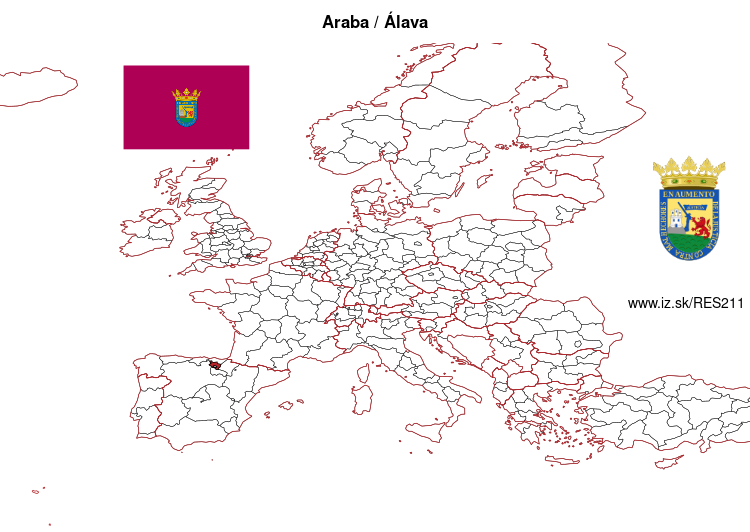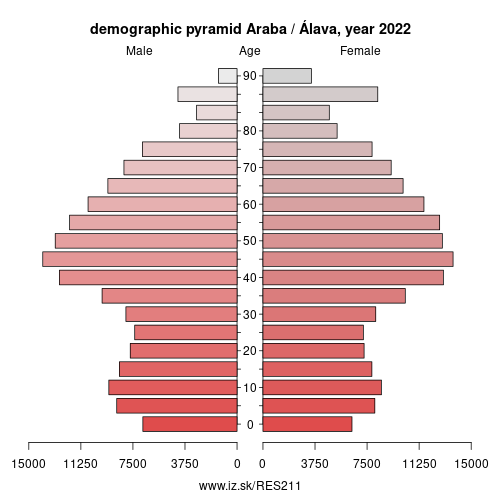- About us»
- Net income calculator»
- Population aging»
-
- Least developed regions»
-
- Average wage
- Material need benefits
- Meal allowance
- Counties of Slovakia
- Inflation
- Living and Subsistence Minimum
- Unemployment of Czechia and Slovakia
- NACE Classification
-
- Life expectancy
- Gender differences
- Youth unemployment and NEET
- Minimum wage in EU
- Unemployment rates of different age groups
- Share of salaries on GDP
- Employment rate
- Percentage of employees ususally working at nights
- Unemployment rate
- NEET
- Long term unemployment
-
- Bratislava and surroundings
- Kopanice
- Danube river
- lower Vah river
- middle Vár river
- upper Nitra river
- lower Nitra river
- Mining cities
- Kysuce a Orava
- upper Vah river - Liptov
- Spiš cities
- upper Hron river
- Juhoslovenská kotlina
- Košice fold and Torysa river
- upper Zemplín
- lower Zemplín
- EU regions
- NUTS3 regions of Slovakia
- LAU1 dataset
-
- Projects and activities
- Inclusive growth»
- Good work
- Project SKRS
- Social system – reality and vision
- Library
-
- Education of unemployed
- Young unemployed not taking part in education
- Proposal to change the system of education funding
- News»
- Contact
Álava – ES211
EU regions: Spain > Noreste > Basque Autonomous Community > Álava

| Indicator | Period | Value |
|---|---|---|
| Gross domestic product | ||
| GDP per capita in PPS of EU average | 2022 | 118 |
Álava slovensky: ES211
Demographics
| Indicator | Period | Value |
|---|---|---|
| Demographics | ||
| number of inhabitants | 2024 | 338 594 |
| population density | 2023 | 112 |
| old-age dependency ratio | 2024 | 35.3 |

From Wikipedia : Álava (IPA: [ˈalaβa] in Spanish) or Araba (IPA: [aˈɾaba] in Basque, dialectal: [aˈɾaβa]), officially Araba/Álava, is a province of Spain and a historical territory of the Basque Country, heir of the ancient Lordship of Álava, former medieval Catholic bishopric and now Latin titular see.
Its capital city, Vitoria-Gasteiz, is also the seat of the political main institutions of the autonomous community. It borders the Basque provinces of Biscay and Gipuzkoa to the north, the community of La Rioja to the south, the province of Burgos (in the community of Castile and León) to the west and the community of Navarre to the east. The Enclave of Treviño, surrounded by Alavese territory, is however part of the province of Burgos, thus belonging to the autonomous community of Castile and León, not Álava.
It is the largest of the three provinces in the Basque Autonomous Community in geographical terms, with 2,963 km2, but also the least populated with 328,868 inhabitants (2018).
Etymology
Built around the Roman mansion Alba located on the road ab Asturica Burdigalam (possibly the current village of Albéniz near Agurain), it has sometimes been argued the name may stem from that landmark. However, according to the Royal Academy of the Basque Language, the origin may be another: The name is first found on Muslim chronicles of the 8th century referring to the Alavese Plains (Spanish Llanada Alavesa, Basque Arabako Lautada), laua in old Basque (currently lautada) with the Arab article added (al + laua), developing into Spanish Álava and Basque Araba (a typical development of l to r between vowels).
Demography and rural landscape
The province numbers 51 municipalities, a population of 315,525 inhabitants in an area of 3,037 km2 (1,173 sq mi), with an average of 104.50 inhabitants/km2. The vast majority of the population clusters in the capital city of Álava, Vitoria-Gasteiz, which also serves as the capital of the Autonomous Community, but the remainder of the territory is sparsely inhabited with population nuclei distributed into seven counties (kuadrillak or cuadrillas): Añana; Ayala; Campezo; Laguardia; Salvatierra; Vitoria-Gasteiz; Zuya.
Physical and human geography
Álava is an inland territory and features a largely transitional climate between the humid, Atlantic neighbouring northern provinces and the dry and warmer lands south of the Ebro River.
Other: Basque Autonomous Community, Álava, Gipuzkoa, Biscay
Neighbours: La Rioja, Province of Burgos, province of Navarra, Gipuzkoa, Biscay
Suggested citation: Michal Páleník: Europe and its regions in numbers - Álava – ES211, IZ Bratislava, retrieved from: https://www.iz.sk/PES211, ISBN: 978-80-970204-9-1, DOI:10.5281/zenodo.10200164

 Share
Share Facebook
Facebook Twitter
Twitter News
News